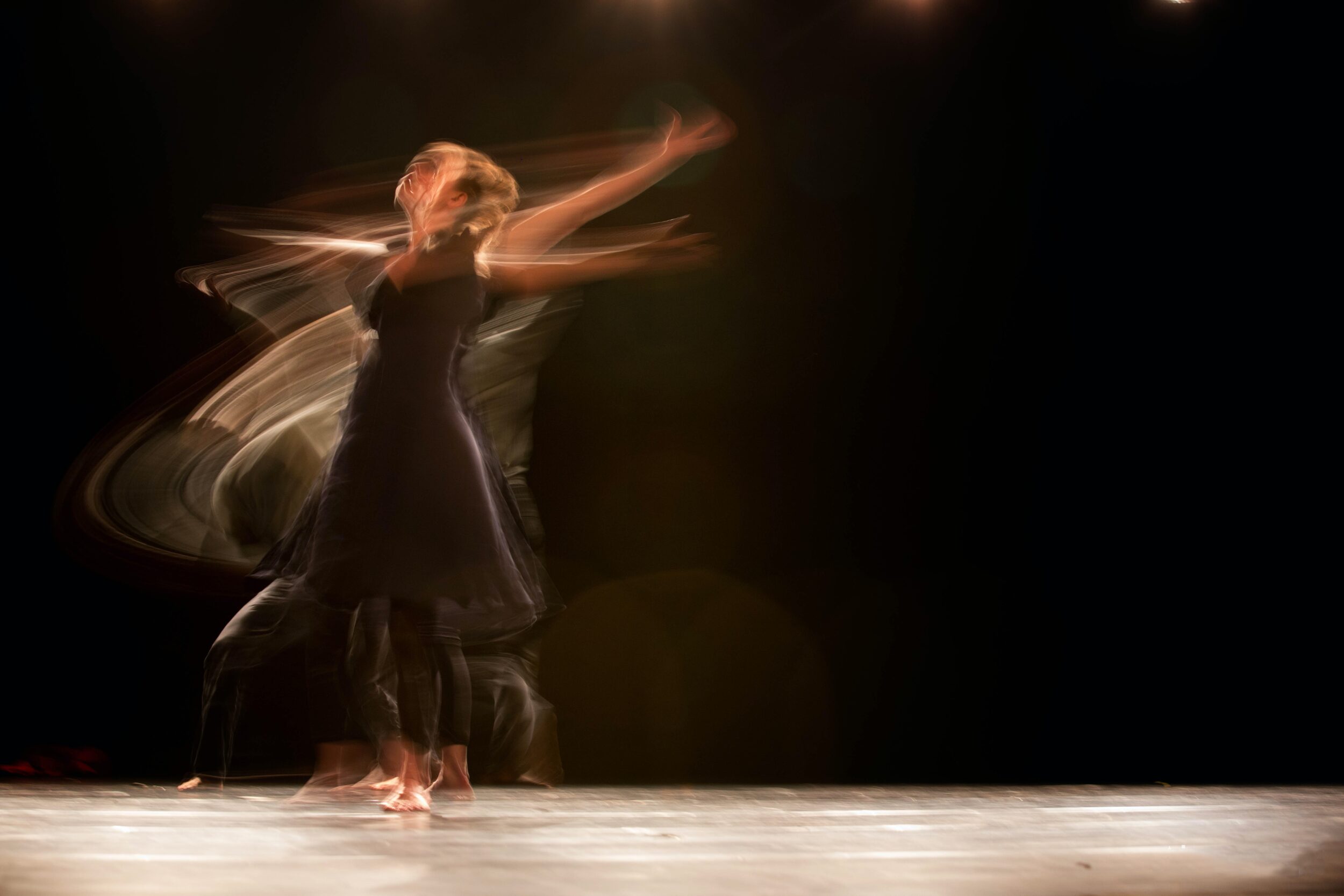It was March 2023. Five young Iranian women filmed themselves dancing to the rhythm of the song” Take it easy “, in a neighborhood of Tehran. Their video, like a cry of hope and resistance in the face of the violent repression that is affecting the country’s women, has gone viral, even earning them arrest. Around the same time, in France, a Spanish teacher from Saint-Jean de Luz was murdered by her student. During her funeral, her husband paid her a last danced homage, causing emotions far beyond the French borders. These same borders within which, since January, great mobilizations have been organized against the pension reform. At each Parisian procession, Mathilde Caillard, 25, an Alternatiba Paris activist and self-proclaimed tech striker, brings the crowd together through dance, chanting slogans such as “ Tax the rich! “.
You understand where I’m coming from: in recent months the dance scene has become increasingly visible, so much so that the slightest skipped step could almost be erected into a powerful protest tool. A phenomenon, which however is not entirely new…
those who were in the procession @alternateba75 at the Paris demonstration on Tuesday you know… the others are coming to our procession tomorrow please no regrets… pic.twitter.com/dt1oS7xy6y
— mc dance for the climate (@math_caill) March 14, 2023
Dance and social struggles, a long tradition
It didn’t take until March 2023 to see the intertwining of dance and social struggles. Although it is difficult to date the beginning of this tradition, it dates back to at least the king’s court, as explained Bianca Maurmayr, dance teacher and co-coordinator with Marie Glon, of a dossier ” wrestling dances » for review Coordinations.
At the time of the Sun King, according to the expert, dance already had a fundamental role in political representation. Since then the examples have rained down: the choreographies during the demonstrationsA violator in your path in Chile in 2020, echoed around the world, the Common initiative against the 2018 labor law in France, the Booty Therapy by Maimouna Coulibaly who inspired several protesters to twerk during the We All march on 8 March 2019 to reclaim space, the choreography of workers at an Ibis hotel denouncing their working conditions… How to explain that dance has become one such a privileged instrument of resistance?
“Activist joy is unifying”
For Mathilde Caillard, behind the @mcdansepourleclimat account, several things are at stake:
It is an ideal container to express this unifying militant joy. Dance is a time when we restore strength, when we become one body together. It allows us to convey the message in a different, creative, innovative way, to renew the methods of action and to sensitize new audiences to the causes we defend. We have come out of three years of pandemic, with restrictions on our movements, and we find ourselves facing a system that oppresses us, that wants to divide us, to see us as static. Dance becomes an act of resistance, because it allows you to take to the streets, to invest space. And it embodies the world we want to see happen, full of joy and hope.
Matilda Caillard
However, this joy is often criticized. Mathilde Caillard has paid the price: she has been widely criticized for not having grasped the seriousness of the cause and for having proposed a way of demonstrating that is not up to social challenges.
According to Bianca Maurmayr, this critique reflects a broader debate which can be summed up in this question: Does dance depoliticize action? In hollow we read a certain view of the fight, which should be rigid, firm and always aggressive, according to the researcher.
Put an end to a manly view of the fight
In militant circles, Mathilde also hears this: ” The fight has often been monopolized by groups of men unleashing a manly discussion on the need to show one’s teeth, to use force… They obscure something essential: in demonstrations like these you have to stick to the length. This involves in particular the creation of social ties and solidarity. “.
A task that belongs above all to women, explains the techno-striker: “ In militant spaces, it is often women who have integrated this responsibility. To think about the well-being of the group, they cook so that the stake holds, they take care of the others, they create spaces for socializing, therefore dancing, or singing like the sardines of Douarnenez did, for example. It is an essential but devalued role in the struggle. »
“My body is creepy”
Another stereotype, too often modeled on dance, according to Bianca Maurmayr: the idea that dance is necessarily a moment of liberation. ” It is thought to be something completely unconscious that goes through a state of light-heartedness and well-being. This is false, dance can also involve having a repertoire of conscious and thoughtful actions that carry embodied knowledge and that create social cohesion, as well as the slogans we chant “. Certain demonstrations also take movements as you would songs. This is especially true with the Black Lives Matter movement and the raised fist, a symbol of resistance. But, nevertheless, you need to know where to draw the line between dance and gesture.
Be that as it may, an example of this conscious dance is that of the choreographer and dancer Nadia Vadori-Gauthier, who, after the attacks on Charlie Hebdo, assiduously films herself and publishes one minute of dance a day. Her body is both an instrument of resistance, in dialogue with current events, and a ” seismograph », in her words, which feel the pulse of the places where the choreographer moves: « I resist because of the link, because I have a real body in the spaces of life, because I refuse exclusion… Dance is very political, and it’s not an aesthetic position of the performance, it’s a witness position: I connect to my environment, it strikes, and I dance according to what is happening around me, if I’m in the middle of a demonstration, in a historical place, alone in a street… »
Mathilde Caillard, dance for ” wrestling and for my girlfriends, but certainly not for men’s eyes “. The young woman had, following her videos, to delete many sexist comments accusing her sometimes of being ridiculous, sometimes of putting on a show. All this by infantilizing and hyper-sexualizing it in passing: “ My body becomes an instrument of political defense that escapes the male gaze and is annoying “, hammers the young woman. Proof that dance is not only an effective, but an intersectional tool of resistance: with one leap you can protest against an unjust reform and undermine a male-dominated vision of women’s bodies. Should we do it?
Source: Madmoizelle
Mary Crossley is an author at “The Fashion Vibes”. She is a seasoned journalist who is dedicated to delivering the latest news to her readers. With a keen sense of what’s important, Mary covers a wide range of topics, from politics to lifestyle and everything in between.





